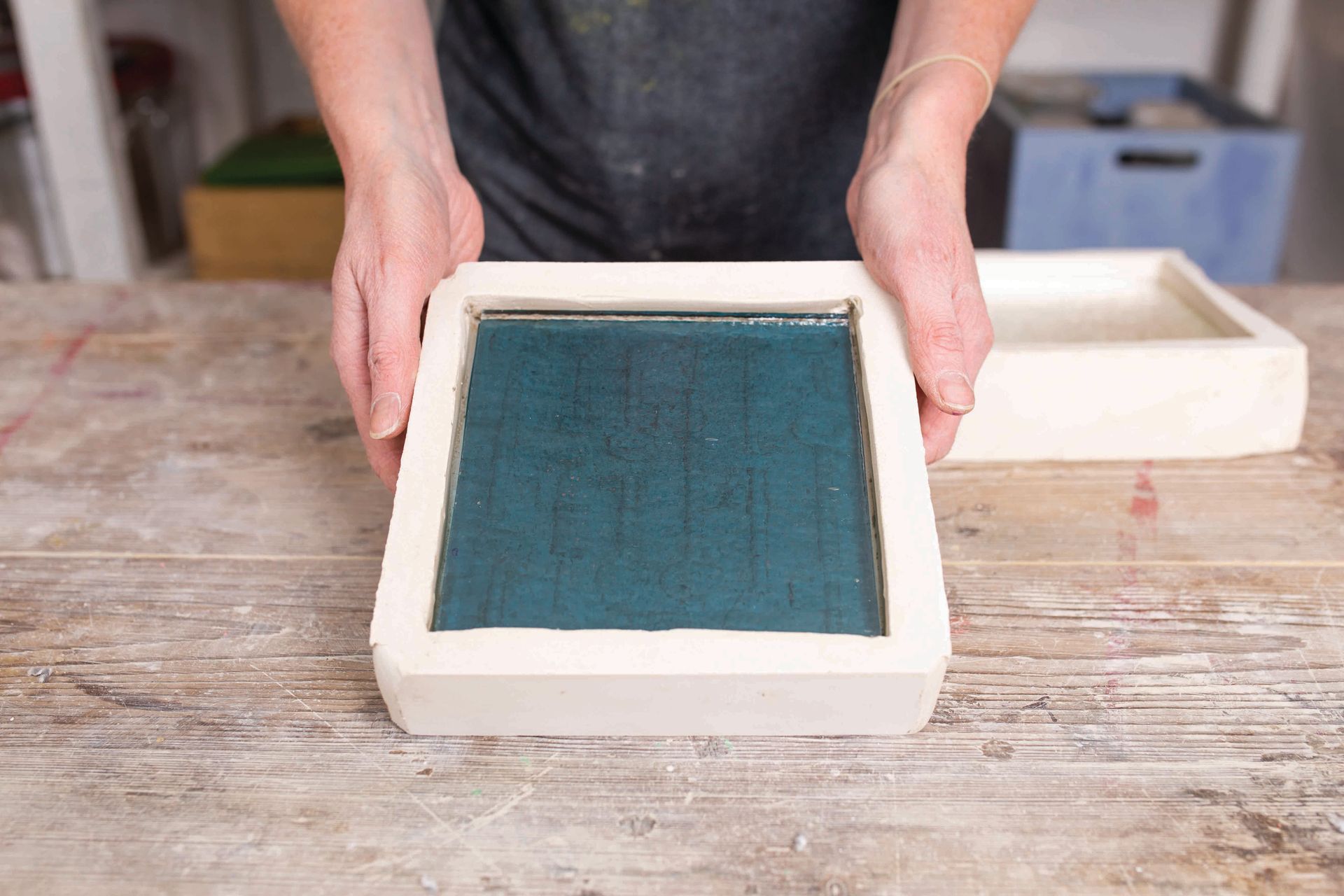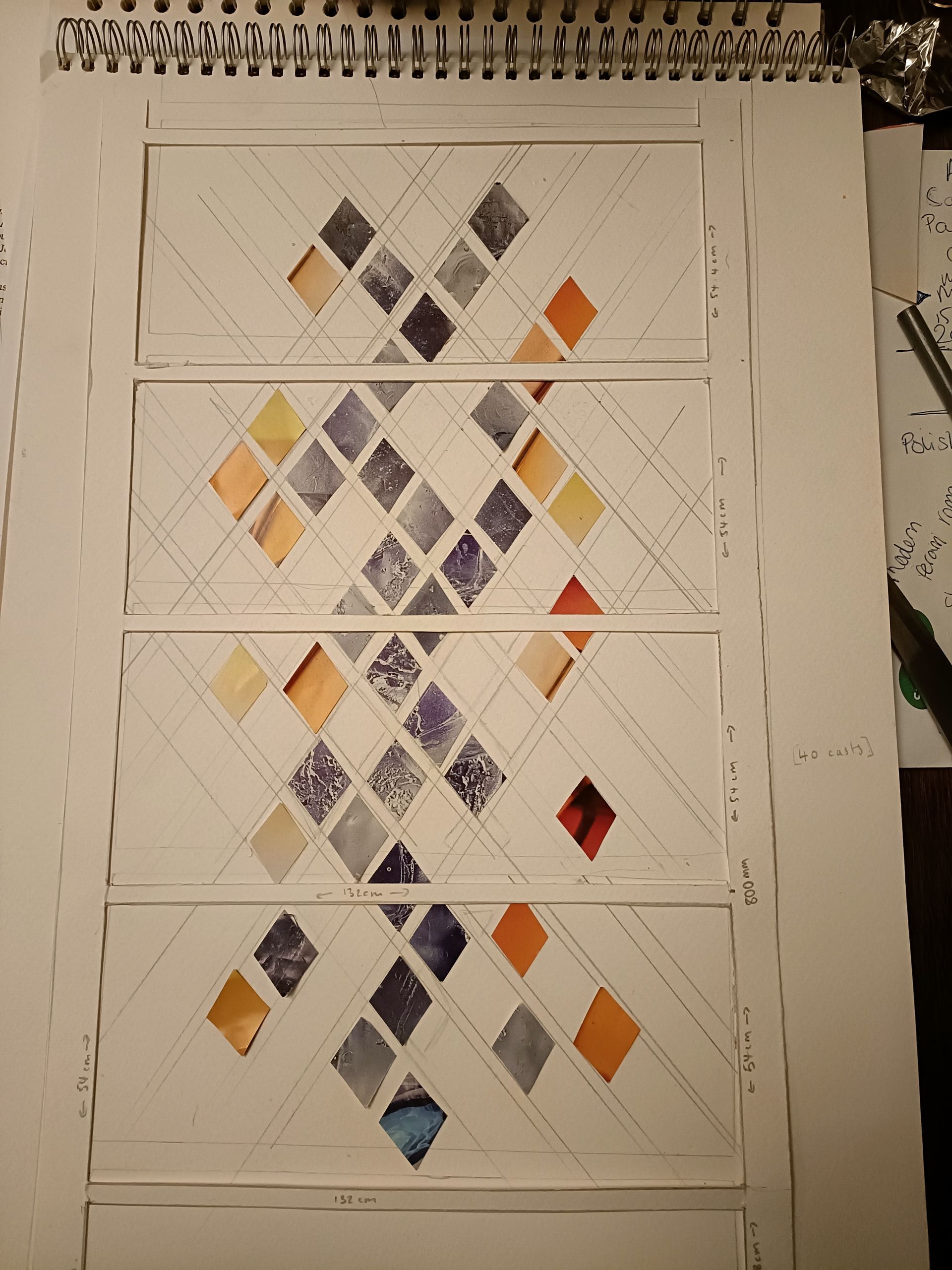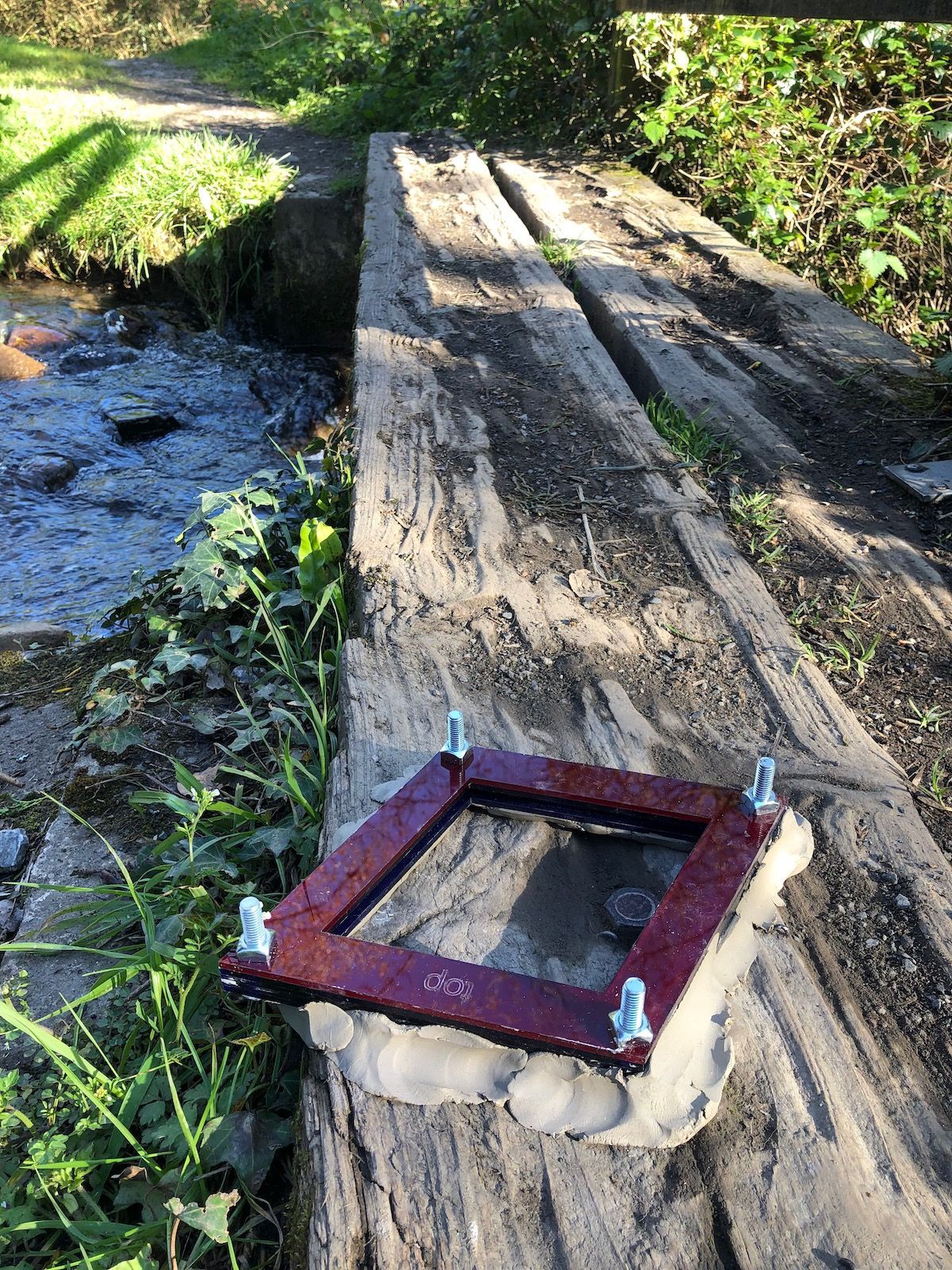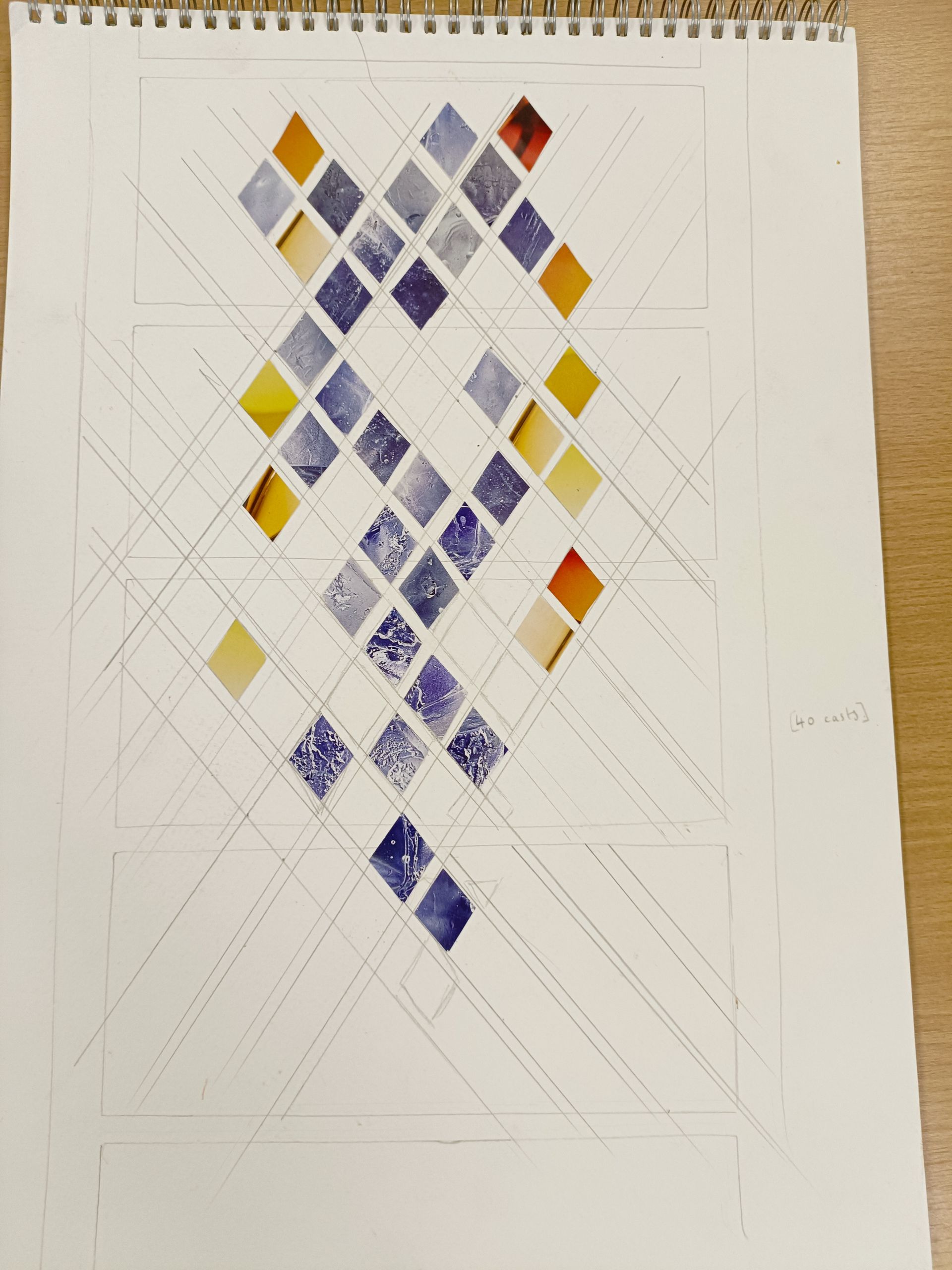Make the most of the winter months by learning Glass Casting
Spring is in the air which is a good time to revisit those winter resolutions. Whether that means you are having a clear out or want to learn a new skill, it's the time of year to get your creative juices flowing.
Learn a new skill
Join a small group of like minded individuals for this fun and informative Glass casting for beginners workshop that runs weekly over four Mondays in March 2023.
Material knowledge
Amy is an expert mould maker for glass casting and an experienced glass technician. Amy will walk you step by step through the glass casting process at an easy to follow pace. We will have fun following the Glass Casting Book, finding inspiration and creating forms.
Mindful Making
You time will be spent getting hands on in the studio, we will work with positive and negative spaces and you will learn each step of how to cast glass using the open casting method. You will be guided through mindful model making and the mould making process.
Positive Progression
Amy is an experienced cast glass artist and author of Glass Casting, the book that we will be referring to whilst working through processes together. As you progress weekly, you will pick up tips on how to set up a studio at home and start to demystify what is happening in the kiln with firing schedules for you to take away. At the end of the workshop you will have created a beautiful clear glass form for your home.




